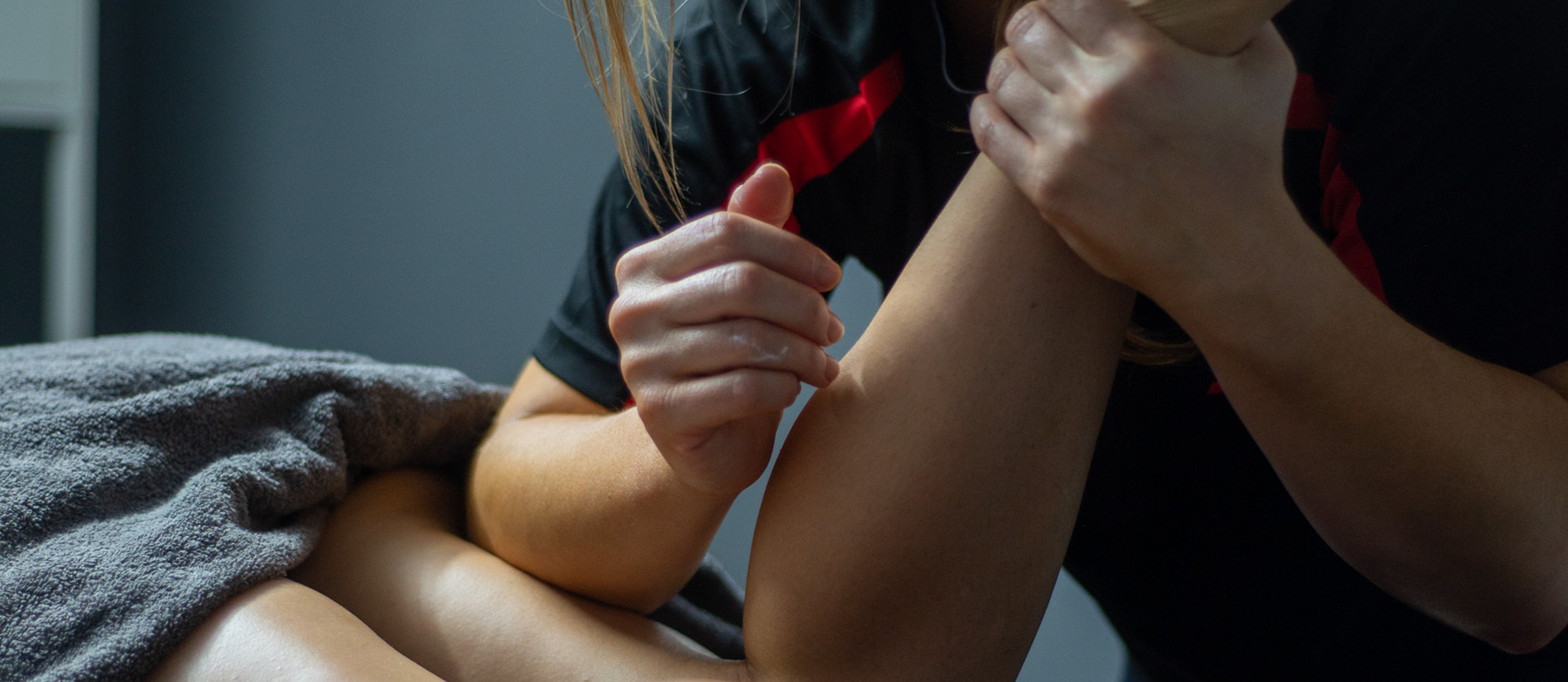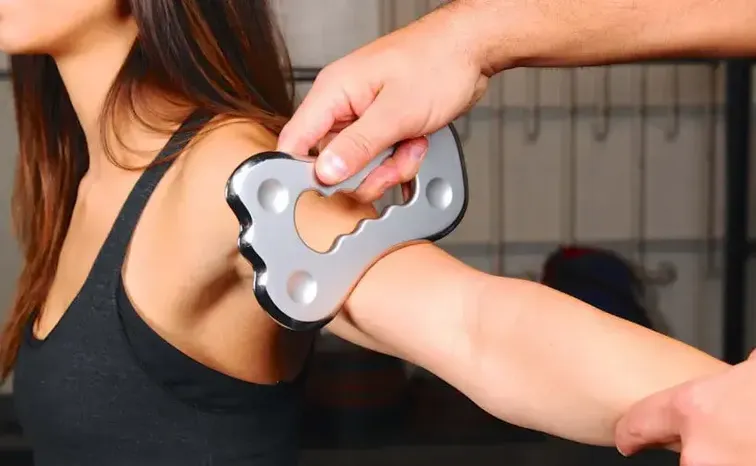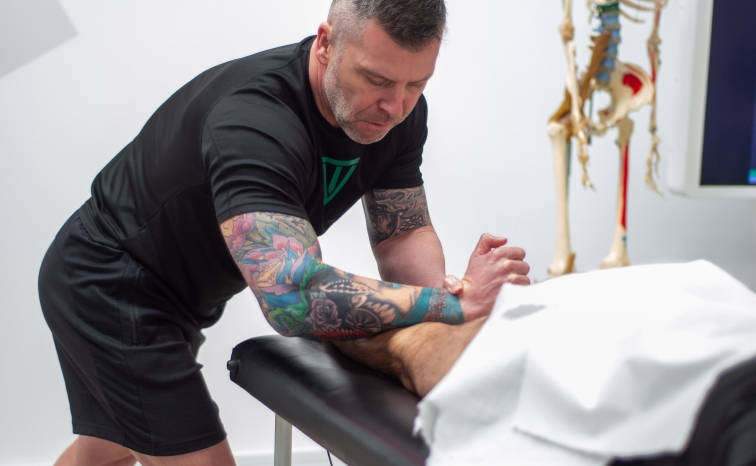Massage therapy has become a popular choice for everything from relieving stress to aiding athletic recovery. However, with so many styles available, it can be challenging to know which massage type best suits your needs. In this blog, we’ll break down the key differences between some of the most common types of massage, including sports massage, therapeutic, Thai, and deep tissue massage, among others. Understanding the purpose, techniques, and benefits of each can help you choose the right one for your health and wellness goals.
Sports Massage
Purpose: Sports massage is tailored specifically for athletes and individuals who engage in regular physical activity. Its primary goal is to improve performance, prevent injuries, and speed up recovery by addressing muscle imbalances and releasing tension.
Techniques: Sports massage typically involves a combination of techniques, such as deep tissue manipulation, stretching, and focused attention on specific muscle groups. A sports massage therapist may also use trigger point therapy to address areas of muscle tightness, often referred to as “knots.”
Benefits: This type of massage can increase flexibility, improve range of motion, and help reduce the risk of future injuries. It also helps athletes recover faster by flushing out lactic acid buildup, reducing inflammation, and enhancing circulation.
Ideal For: Sports massage is ideal for athletes, fitness enthusiasts, or anyone who engages in intense physical activities regularly. It’s particularly beneficial for those who experience muscle fatigue or strain and need to maintain peak physical condition.
Therapeutic Massage
Purpose: Therapeutic massage, often used interchangeably with Swedish massage, focuses primarily on relaxation and overall well-being. It’s designed to reduce stress, alleviate mild physical discomfort, and support mental health through the relaxation process.
Techniques: This massage style uses long, sweeping strokes and kneading motions to ease tension throughout the body. Therapists often use lighter to medium pressure, making it a comfortable experience for most individuals. Therapeutic massage may also include circular movements, tapping, and gentle stretching.
Benefits: Besides providing a deeply relaxing experience, therapeutic massage can also improve circulation, relieve minor aches and pains, and reduce stress levels. Its calming effects can help boost mood, improve sleep quality, and support overall mental well-being.
Ideal For: Therapeutic massage is perfect for those looking to unwind, relieve stress, and enjoy a sense of deep relaxation. It’s suitable for individuals of all ages and fitness levels who want a gentler approach to wellness.
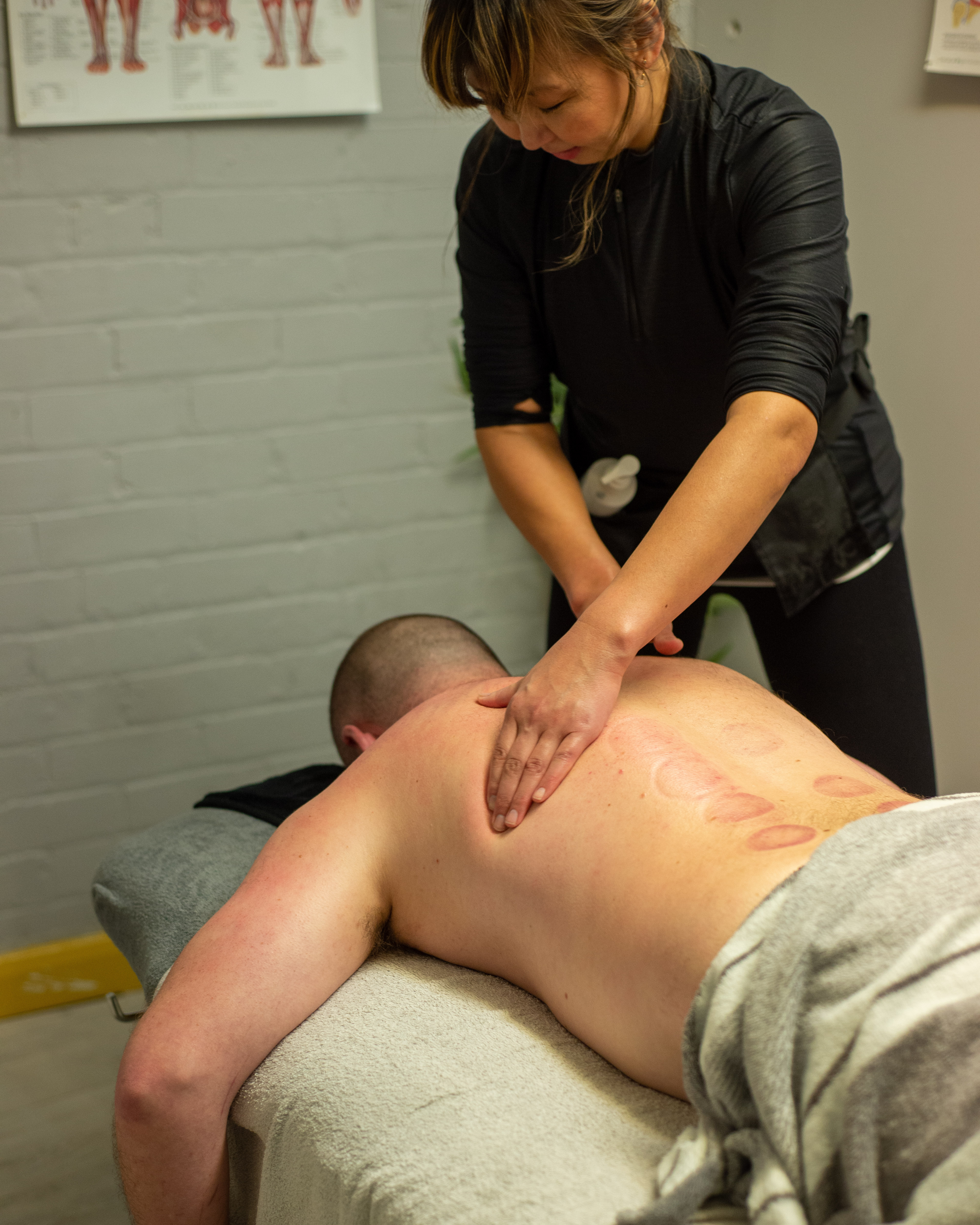
Thai Massage
Purpose: Originating from Thailand, Thai massage combines elements of acupressure, yoga, and energy work to restore balance in the body. Unlike other massage types, Thai massage doesn’t involve oil and is typically performed on a mat on the floor, allowing the therapist to move and stretch the client’s body in various ways.
Techniques: Thai massage involves rhythmic pressing and stretching of the entire body. The therapist may use their hands, elbows, knees, and even feet to apply pressure and guide the client through a series of yoga-like stretches. This method aims to open up the body’s energy channels, release blocked energy, and promote flexibility.
Benefits: The combination of stretching and acupressure in Thai massage can increase joint mobility, improve circulation, and relieve tension throughout the body. It’s also believed to stimulate energy flow and restore balance, which can be both physically and mentally revitalising.
Ideal For: Thai massage is a great option for those looking to improve flexibility, release tension, and increase energy flow. It’s ideal for individuals comfortable with being moved into different positions and who want a massage that’s both invigorating and restorative.
Deep Tissue Massage
Purpose: Deep tissue massage focuses on the deeper layers of muscle tissue and fascia. It’s often used to address chronic pain, muscle tension, and postural issues, as it targets specific areas with intense pressure.
Techniques: This massage style involves slow, deliberate strokes and firm pressure on targeted areas. By breaking down adhesions in the muscle tissue, deep tissue massage can release chronic muscle tension and improve blood flow to affected areas.
Benefits: Deep tissue massage can be highly effective for relieving chronic pain, reducing inflammation, and releasing muscle knots. It’s also beneficial for those recovering from injuries, as it helps break up scar tissue and improve mobility.
Ideal For: Deep tissue massage is ideal for individuals with chronic pain, stiffness, or deep muscle tension. It may feel more intense than other massage types, so it’s best suited for those who are comfortable with a higher level of pressure.
Aromatherapy Massage
Purpose: Aromatherapy massage combines the benefits of traditional massage with the healing properties of essential oils. Each essential oil has its own unique properties, such as lavender for relaxation, eucalyptus for clearing sinuses, and peppermint for revitalising energy.
Techniques: Like therapeutic massage, aromatherapy massage generally involves gentler strokes and medium pressure. The key difference is the incorporation of essential oils, which can be inhaled or absorbed through the skin during the massage.
Benefits: Aromatherapy massage is excellent for relaxation, mood enhancement, and overall emotional wellness. Different oils can target specific needs, such as reducing anxiety, boosting mood, or easing mild discomfort. The sensory experience of inhaling pleasant scents while receiving a massage can amplify relaxation.
Ideal For: This type of massage is well-suited for those seeking relaxation, mild pain relief, and emotional wellness benefits. It’s a good choice for individuals who enjoy scents and want an added sensory experience during their session.
Hot Stone Massage
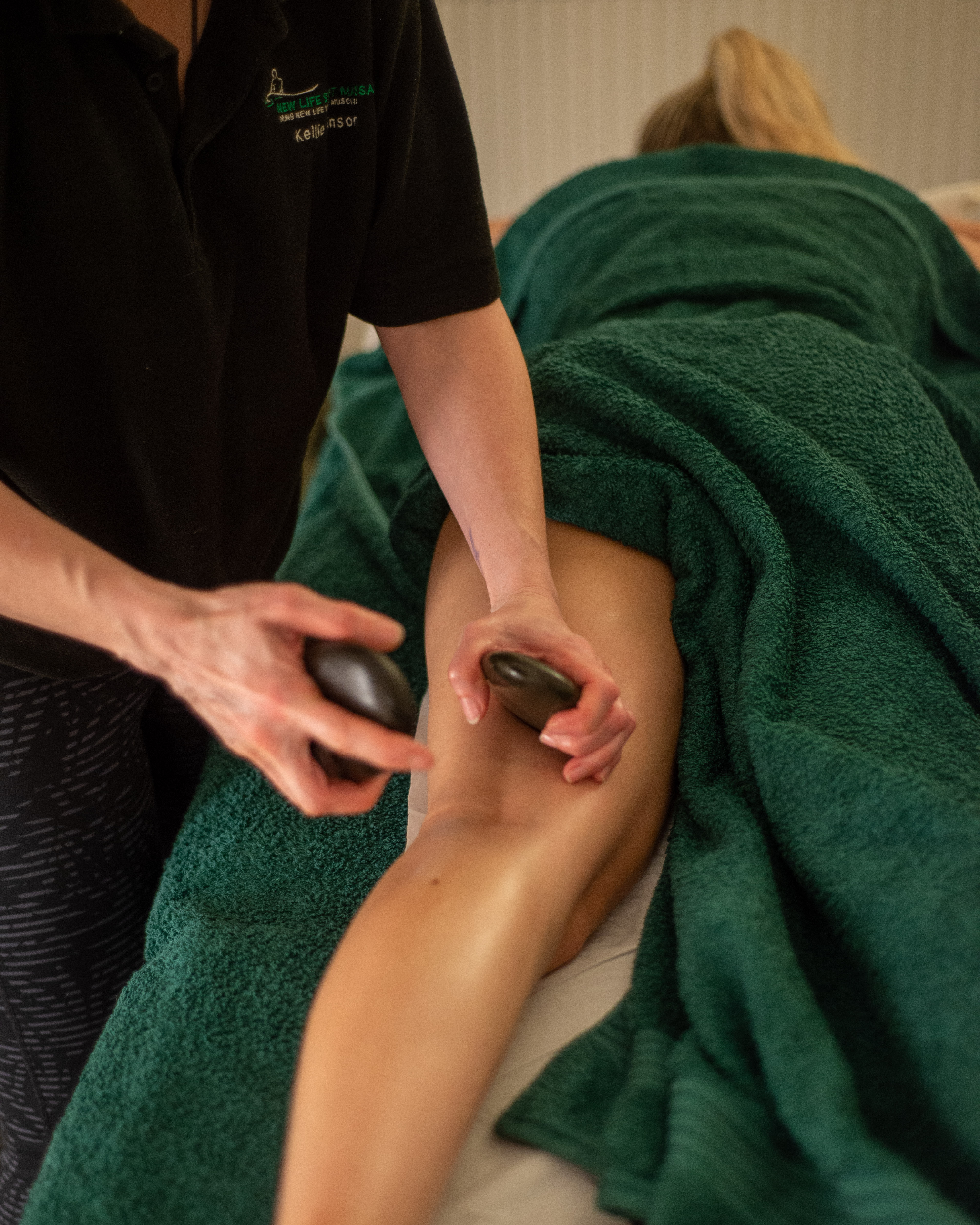
Purpose: Hot stone massage uses heated, smooth stones placed on key points of the body to relax muscles and improve circulation. This type of massage is especially soothing, as the heat helps relieve tension and allows for deeper muscle relaxation.
Techniques: Stones are usually placed along the spine, in the palms, or between the toes. The therapist may also use the stones as a tool to massage the muscles, allowing for both pressure and warmth simultaneously. This technique provides a unique combination of massage and heat therapy.
Benefits: The warmth of the stones promotes relaxation, soothes stiff muscles, and alleviates pain. Hot stone massage can also improve circulation, reduce stress, and encourage overall relaxation, making it highly therapeutic for both mind and body.
Ideal For: Hot stone massage is a fantastic option for anyone experiencing muscle tension or looking for a deeply relaxing experience. It’s especially beneficial for those who find typical massage pressure uncomfortable, as the heat allows for a gentler approach to muscle relaxation.
Conclusion
When it comes to massage therapy, the key to finding the right style is understanding your goals and comfort level. Whether you’re looking to relieve chronic pain, enhance athletic performance, improve flexibility, or simply unwind, there’s a massage type tailored for your needs. Sports massage and deep tissue are perfect for those with targeted pain and tension, while therapeutic and aromatherapy massage offer a gentler, more relaxing experience. Thai and hot stone massages each offer unique approaches that combine physical and mental relaxation.
Ultimately, talking to a qualified therapist about your needs can also be a helpful step in selecting the right treatment. Massage can be a transformative addition to any wellness routine, offering numerous benefits for both physical and mental well-being.








